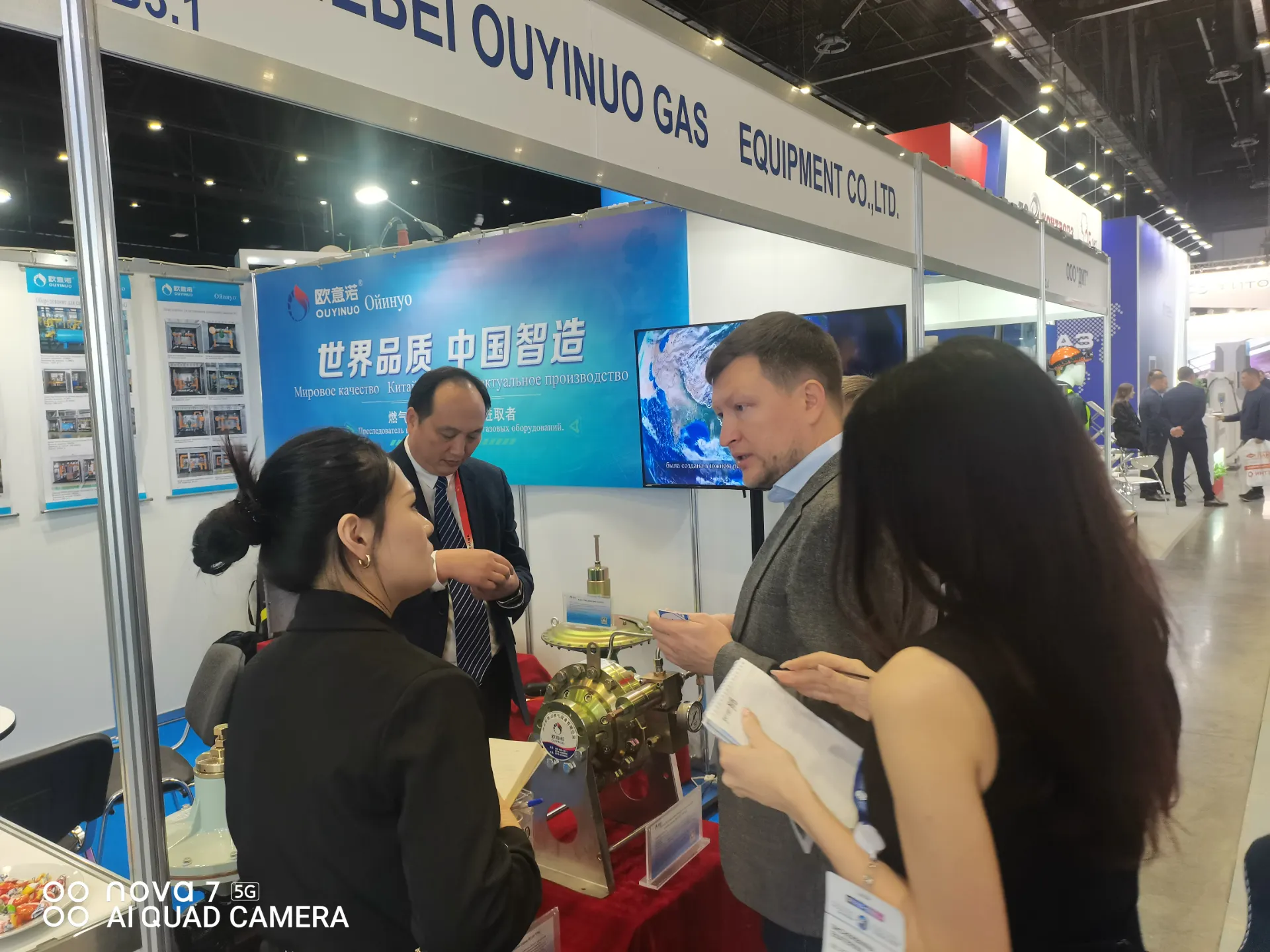
Nov . 10, 2024 09:35
Back to list
Safety Relief Valve for Gas Systems and Their Importance in Preventing Accidents
The Importance of Safety Relief Valves in Gas Systems
In the realm of gas systems, safety is paramount. One critical component that plays a vital role in ensuring safety is the safety relief valve. Often referred to as a pressure relief valve or safety valve, this device is designed to protect pressurized equipment and systems from overpressure situations that could lead to catastrophic failures. Understanding the importance and functioning of safety relief valves is essential for anyone involved in the handling and management of gas systems.
What is a Safety Relief Valve?
A safety relief valve is a mechanical device that automatically releases excess pressure from a vessel or system in order to prevent an explosion or other hazardous incidents. When the pressure within the system exceeds a predefined limit, the valve opens, allowing gas to escape safely, thus relieving the pressure and ensuring the integrity of the system. This makes safety relief valves crucial components in various applications, including natural gas storage tanks, pipelines, and industrial gas processes.
.
The mechanism of a safety relief valve is relatively straightforward. It typically consists of a spring-loaded poppet that seals the valve seat. Under normal operating conditions, the spring holds the poppet tightly against the seat to prevent gas from escaping. However, when the pressure reaches a predetermined set point, the force exerted by the gas overcomes the spring tension, causing the poppet to lift off the seat. This action allows gas to flow out until the pressure drops back to a safe level, at which point the poppet reseats itself and normal operation resumes.
صمام تنفيس أمان الغاز

Safety Standards and Regulations
The design and maintenance of safety relief valves are governed by strict safety standards and regulations. Organizations such as the American Society of Mechanical Engineers (ASME) and other international bodies provide guidelines for the selection, installation, and testing of these valves. Compliance with these standards is not just a legal requirement but also a critical aspect of maintaining operational safety in gas systems. Regular testing and maintenance are necessary to ensure that these valves function correctly when needed.
Preventing Accidents and Hazards
The presence of a functioning safety relief valve is essential for preventing dangerous situations in gas handling operations. Over-pressurization can result in equipment rupture, leading to gas leaks, explosions, and fires. These events can have catastrophic consequences for both human safety and the environment. By incorporating safety relief valves into gas systems, operators can mitigate these risks, protect their assets, and safeguard lives.
Conclusion
In summary, safety relief valves are indispensable components in the management of gas systems. Their ability to regulate pressure and prevent overpressure incidents is crucial for ensuring safe operations. As the demand for natural gas and other gaseous fuels continues to rise, the importance of safety relief valves cannot be overstated. Operators must prioritize the selection, installation, and maintenance of these valves to protect their systems and the people who rely on them. An investment in safety relief valves is an investment in the overall safety and efficiency of gas operations, ultimately contributing to a safer environment for everyone.
Latest news
-
Safety Valve Spring-Loaded Design Overpressure ProtectionNewsJul.25,2025
-
Precision Voltage Regulator AC5 Accuracy Grade PerformanceNewsJul.25,2025
-
Natural Gas Pressure Regulating Skid Industrial Pipeline ApplicationsNewsJul.25,2025
-
Natural Gas Filter Stainless Steel Mesh Element DesignNewsJul.25,2025
-
Gas Pressure Regulator Valve Direct-Acting Spring-Loaded DesignNewsJul.25,2025
-
Decompression Equipment Multi-Stage Heat Exchange System DesignNewsJul.25,2025

